What does Major Alarm mean on Cisco ASR-920-12SZ-A Network Router?
- JJames BushAug 3, 2025
A Major Alarm on a Cisco Network Router means that an environmental sensor threshold (like voltage or temperature) has exceeded a major level.

What does Major Alarm mean on Cisco ASR-920-12SZ-A Network Router?
A Major Alarm on a Cisco Network Router means that an environmental sensor threshold (like voltage or temperature) has exceeded a major level.
Why is my Cisco ASR-920-12SZ-A showing an Info Alarm?
An Info Alarm on your Cisco Network Router indicates that a port has been administratively shut down.
| Brand | Cisco |
|---|---|
| Model | ASR-920-12SZ-A |
| Category | Network Router |
| Language | English |
General safety statements for handling the product, emphasizing rack stability and restricted access.
Guidelines for ensuring personal safety and protecting equipment during installation and operation.
Covers safety precautions for module installation/removal and electrical hazards.
Details power supply considerations and methods to prevent ESD damage to equipment.
Introduces the Cisco ASR-920-12SZ routers for 5G mobile backhaul and their specifications.
Describes AC and DC power supply configurations supported by the Cisco ASR-920-12SZ routers.
Details GNSS, Timing, Management, Alarm, Console, and Auxiliary Console interfaces.
Explains USB Console, USB Memory, Management Port, Dual Rate Ports, LEDs, and Fan Module.
Covers site planning, general precautions, checklists, and selection guidelines for installation.
Details environmental monitoring, operating climate, physical characteristics, and airflow guidelines.
Covers floor loading, site power, electrical requirements, and rack-mounting guidelines.
Details procedures for receiving the device, unpacking, verifying contents, and tools needed.
Discusses rack specifications, types (4-post, 2-post), and compatibility for mounting.
Provides steps for setting up the device on a rack (front, mid, rear mount) or wall mount.
Explains how to attach a ground lug and ensure the device is properly grounded.
Details connecting AC/DC power cables, SFP modules, and RJ-45 connectors.
Steps for powering up the device and verifying front panel LEDs for initialization status.
Commands to verify hardware configuration and check software compatibility requirements.
Guide on accessing the CLI via console and configuring global system parameters.
Instructions for checking running configuration, saving to NVRAM, and safely powering down the device.
Provides pinout information for BITS, GPS, and ToD/1-PPS ports for troubleshooting.
Summarizes alarm conditions and pinouts for Management Ethernet, USB Console, and USB MEM ports.
Details optical fiber specifications and information for checking LED indicators.
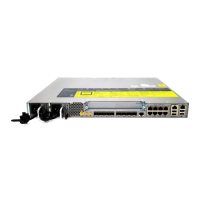
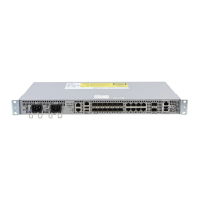
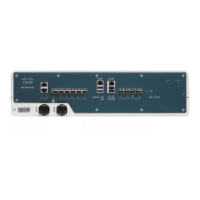


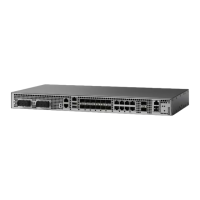



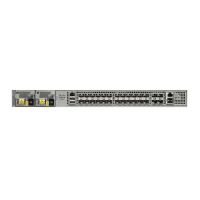
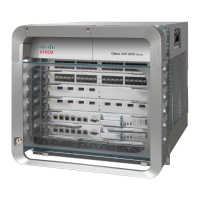
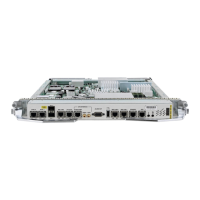
